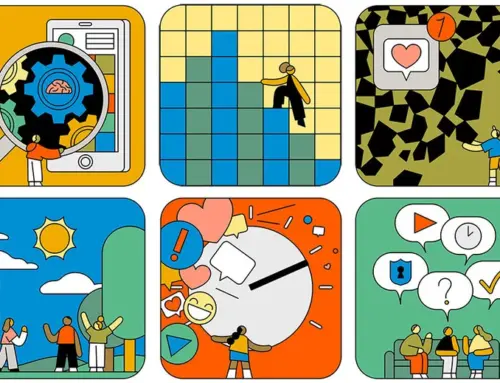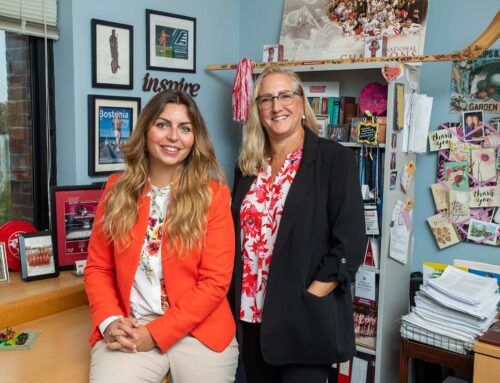Boston Herald
October 2016
Boston University cross country star Andrea Walkonen won her second straight America East title in 2008, her lithe five-foot, seven-inch frame gliding across the 5K finish line a clean 34 seconds ahead of her nearest opponent.
But the three-time All American’s body was breaking down — fractures and tears repeatedly forcing her onto the sidelines. Her skin was cracked and flaking, her hair was brittle, she couldn’t stay warm. She dropped to 97 pounds.
“I thought, ‘Maybe if I eat better, I can train better.’ I took it to extremes with being restrictive,” Walkonen said. “It ended up being this comparison of myself to other athletes who I perceived as being thinner than I was and so much faster than I was.”
She said, “It was very distorted. That’s usually how it happens. That comparison.”
Walkonen, now 30, was a college athlete with an eating disorder — one of an unknown number who are hesitant to jeopardize their scholarships, whose physical and mental toughness makes matters worse, making them less likely to seek help.
“From an athlete perspective, reaching out for help can often be regarded by the individual as a sign of weakness,” Walkonen said. “They feel like they can or want to control the situation, and they don’t want to say, ‘I have a problem.’ They think it takes away from the strength they’re trying to portray as an athlete.”
The Walden Behavioral Care Center in Waltham is taking aim at the problem with its new Goals program, one of the only treatment regimens in the country specifically geared toward athletes with eating disorders. Since the program started early this year, most of the patients have been athletes from local colleges, said Goals manager Emily Slager.
“There are people who have struggled for a long time, but didn’t get treatment because they didn’t feel like there was anything made for them,” Slager said. “Athletes face some unique challenges with expectations around training, and the culture, and ideal body image.”
It’s unclear how many athletes have eating disorders. The National Association of Anorexia and Associated Disorders estimates that about 9 percent of the total population is afflicted with these dangerous and sometimes deadly conditions. With athletes, the problem may be compounded by their need to control their diets, as well as a lack of awareness among coaches and parents.
“In some sports and some environments, much more restricted and extreme eating behaviors are much more normative,” Slager said. “The culture sometimes allows for that and even encourages it.”
More athletes now are making their pain public. Olympian skier Lindsey Vonn details her own struggle in a new book. Penn State football standout Joey Julius and U.S. swimmers Misty Hyman and Maya DiRado opened up about their battles with eating disorders.
To a non-athlete, Walkonen said, her six-meal-a-day diet might seem reasonable. But it wasn’t enough to fuel her 70-mile weeks. Her recurring injuries eventually forced her to seek counseling, and she reached a healthier 123 pounds. She ran the 2014 Boston Marathon in a speedy 2:37:06. But the consequences can be lifelong; Walkonen hasn’t menstruated since college.
“Having children may not be in my cards,” she said.
Endocrinologist Dr. Madhu Misra of Massachusetts General Hospital, who treats athletes with bone problems, said that irregular or nonexistent periods are often considered by coaches and athletes a sign of adequate training. But Misra said in young athletes aged 14 to 25, her research suggests lifetime bone fracture risk nearly doubles for these women compared to female athletes who menstruate.
“With the athletes that come to me, it’s a challenge,” Misra said. “People have not identified that they’ve moved extreme healthy eating to disordered eating.”
She also has gotten pushback from parents who are worried their athlete children will lose their scholarships.
But as more people tell their stories, she sees more college students coming forward.
“I have had more college students, both women and men, coming to me who are athletes,” Misra said. “It’s a work in progress.”






